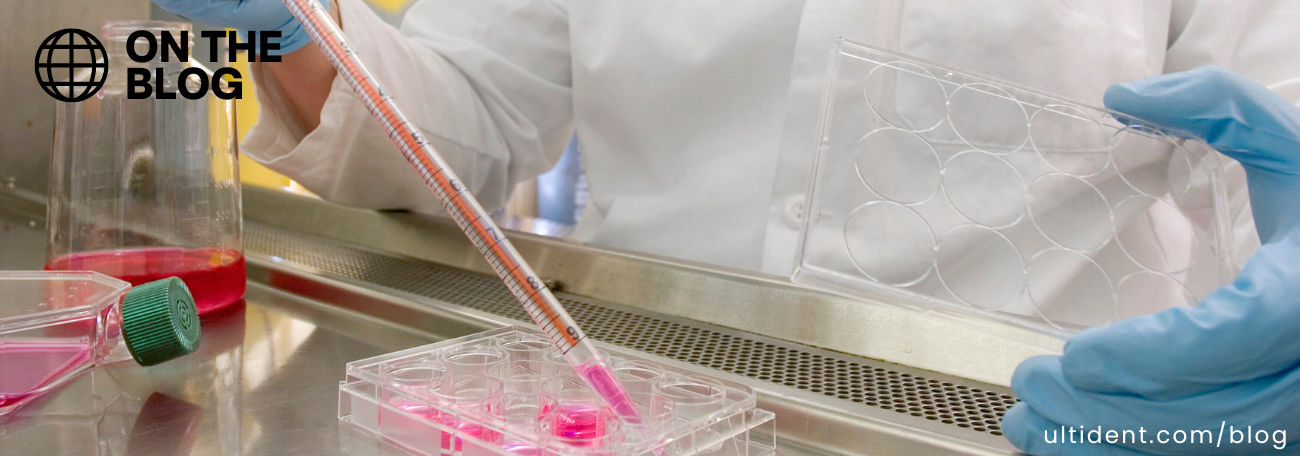The Evolution of the Microscope


The Evolution of the Microscope
Imagine what the world would look like today if we could only see what was visible to the naked eye? The existence of cells would still be unknown to us, vaccines and medicines would be significantly less effective, and we would have far less understanding of what makes organisms live and thrive. What I just described is the world without the microscope. Let's take a look at how this revolutionary instrument came to be.
10th Century:
The Romans and Egyptians were the first to experiment and create with glass. They made it using sand, alkali, metal colouring and sodium carbonate, then forming it with seaweed and lime. They would use it to make and sell expensive art with a range of colours, techniques and complex patterns.
13th Century:
In Florence, Italy, a man named Salvino D’Armato Degli Armati discovered that convex glass makes objects appear larger. With that knowledge, he invented the first pair of wearable glasses that could magnify objects.
16th Century:
A father and son named Zacharias Jensen and Hans, who were Dutch spectacle makers, invented the first compound microscope. It was developed using three draw tubes and lenses, which were put at both ends of the tubes, allowing for magnification. Today these are known as bi-convex eyepieces and plano-convex objective lenses.
17th Century:
In 1609, Galileo Galilei, turned his telescope into a microscope by using shorter focal lengths. Using the bi-convex lenses, and the bi-concave eyepiece, he could reach 30x magnification. Galileo went on to develop another microscope with three lenses but the same magnification of 30x.
In 1665, a man named Robert Hooke published the “micrographia'', which is a log of all his observations on a wide range of objects through a microscope. The microscope had a single lens, and he used a candle to enhance clarity of the objects under observation. What started out as a presumed observation of fleas, turned out to be the discovery of plant cells and the development of the first cell theory.
Cell theory is at the core of essentially all sciences including chemistry, physiology and medicine. This was a huge discovery as it showed that cells are similar in the way they function and reproduce, and helped understand how cells relate to our genetic makeup. This discovery led to the true understanding of how the human body functions (on a cellular level).
19th Century:
In 1974, Dutch scientist and tradesman, Leeuwenhoek, developed a microscope that was able to produce clearer images with higher levels of magnification. His microscopes, though much smaller than usual, became the best and most sought after as it was the first microscope that could be used to clearly observe bacteria.
One persistent problem at this time was the chromatic effect. Joseph Jackson Lister, an English wine merchant, eradicated this problem by creating an achromatic lens. He did so by combining multiple weak lenses together, at a range of distances. This allowed for magnification to occur without the image being blurred or distorted. His refinement of the microscope was the start of the microscope becoming an extremely important tool in medical research.
20th Century:
The microscope continued to be improved and new developments led to the Transmission Electron Microscope, the Phase Contrast Microscope and the Confocal Imaging Principle.
From the microscope came the first CAT scanner allowing medical professionals to get a detailed image of structures inside the body. Not only did the microscope accelerate the medical industry, it manifested the invention of other revolutionary devices in light of its existence. Without such devices, individuals would still be dying from avoidable injuries and illnesses, and our understanding of this planet, along with the humans that exist on it, would not be nearly as thorough as it is today.





